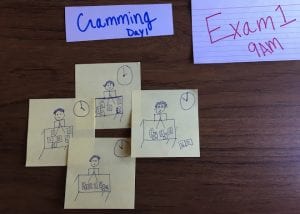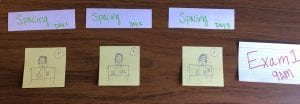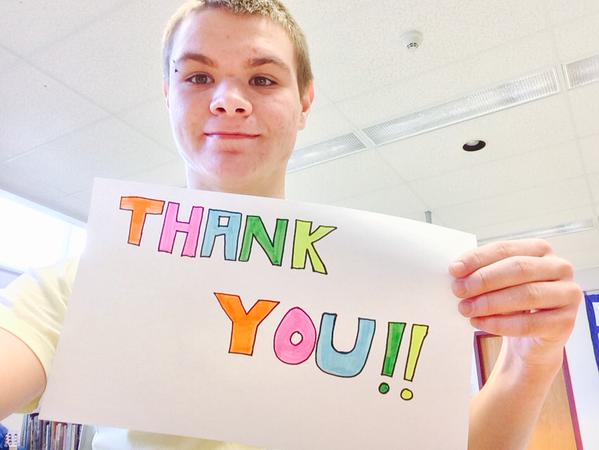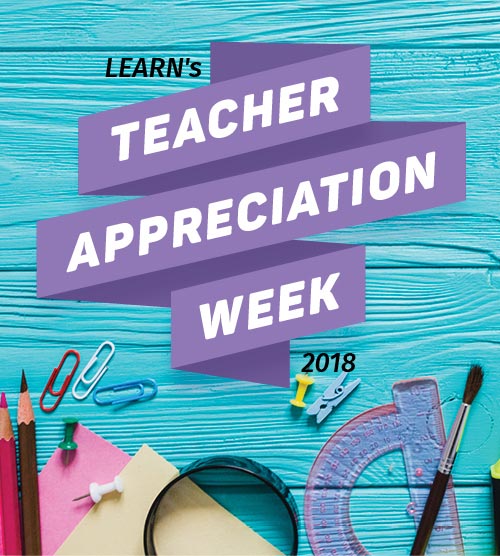“Incredible change happens in your life when you decide to take control of what you do have power over instead of craving control over what you don’t.” – Steve Maraboli

As educators around the world usher in the new 2019-2020 school year, our focus turns to our subject matter. The content we are obligated to teach, the exams we must administer, the “power pointing” of our textbook, the managing of our classrooms – these are only a few of the plethora of tasks we face as the new students pile into our classrooms. Over the summer, we may have dreamed of the magnificent projects and deep learning experiences we wanted to bring to our students as well as new innovative practices and tools we were so excited to integrate. But alas, minds shift to immediate concerns like when Tommy disrupts the entire class or Jennie has a meltdown over her homework. Teaching is one of the most difficult jobs in the universe so making pedagogical changes to our established teaching practices slides down that priority pole the minute that school bell first rings.
Given the reality of teaching, it is easy to become overwhelmed at the idea of changing practice. It is best to think of change as happening in small, incremental steps. Instead of looking at completely revolutionizing your teaching, perhaps we need to narrow down the scope and think of that One Thing we could change this year which can be built upon in future years. If we orchestrate change in a more manageable way, I think we could make our classrooms more successful.

Cramming for the Exam
In Peter Brown’s book, Make it Stick, he demonstrates how small changes in the classroom can make all the difference in student success. Based on his research, Brown explains the brain learns best when, “practice is spaced out, interleaved with other learning, and varied,” (Brown, p.121).
Cramming for exams is considered massed practice, a.k.a. jamming as much into the brain as possible in a short period of time only to spew it out the next day, hoping your memory holds up. So, how could you make the content stick?
One change that is more beneficial to long-term, deeper learning is spacing out what you want students to learn by introducing concepts over longer periods of time because “the increased effort required to retrieve the learning after a little forgetting has an effect of retriggering consolidation, further strengthening memory” (Brown, p.124). Struggle is a good thing! For example, five hours spread out over two weeks is better than the same five hours right before the exam. One small change.

Spacing out your studying
Another change that could reap benefits is what Brown calls, “Interleaved Practice.” Interleaving the practice of two or more subjects or skills leads to deeper understanding through personal connections to previous knowledge. For example, if a student is learning how to play an instrument, they might practice scales, learn new chords, and spend some time improvising all within the same time period instead of simply focusing on practicing scales over the same period of time. A few tips on interleaving practice: make sure the skills connect with the content, mix in old and new material, and be patient because this takes time to establish. One small change.

Finally, mix it up! Variety is so important in the life-cycle of a classroom. Changing classroom practices encourages positive growth in all learners, including the instructor. For example, “instructors can design assignments or projects and train learners on skills that can be used to solve problems creatively; techniques including design thinking and rapid prototyping will help students to produce great solutions to any problem. Studies show more varied practice engages different parts of the brain,” (p.130). The inference being, the more challenging tasks and varied practice opportunities evokes deeper learning in all learners.
Change is difficult. But small changes are manageable and will lead to more success over time in the classroom. What’s your one thing?
**********************************************************
Weinstein, Yana. “Learn How to Study Using… Spaced Practice.” The Learning Scientists, The Learning Scientists, 21 July 2016, https://www.learningscientists.org/blog/2016/7/21-1.
“Interleaving: Variety Is the Spice of Learning.” 3, 17 Sept. 2018, https://3starlearningexperiences.wordpress.com/2018/09/18/interleaving-variety-is-the-spice-of-learning/.
BROWN, PETER C. MAKE IT STICK: the Science of Successful Learning. BELKNAP HARVARD, 2018.





